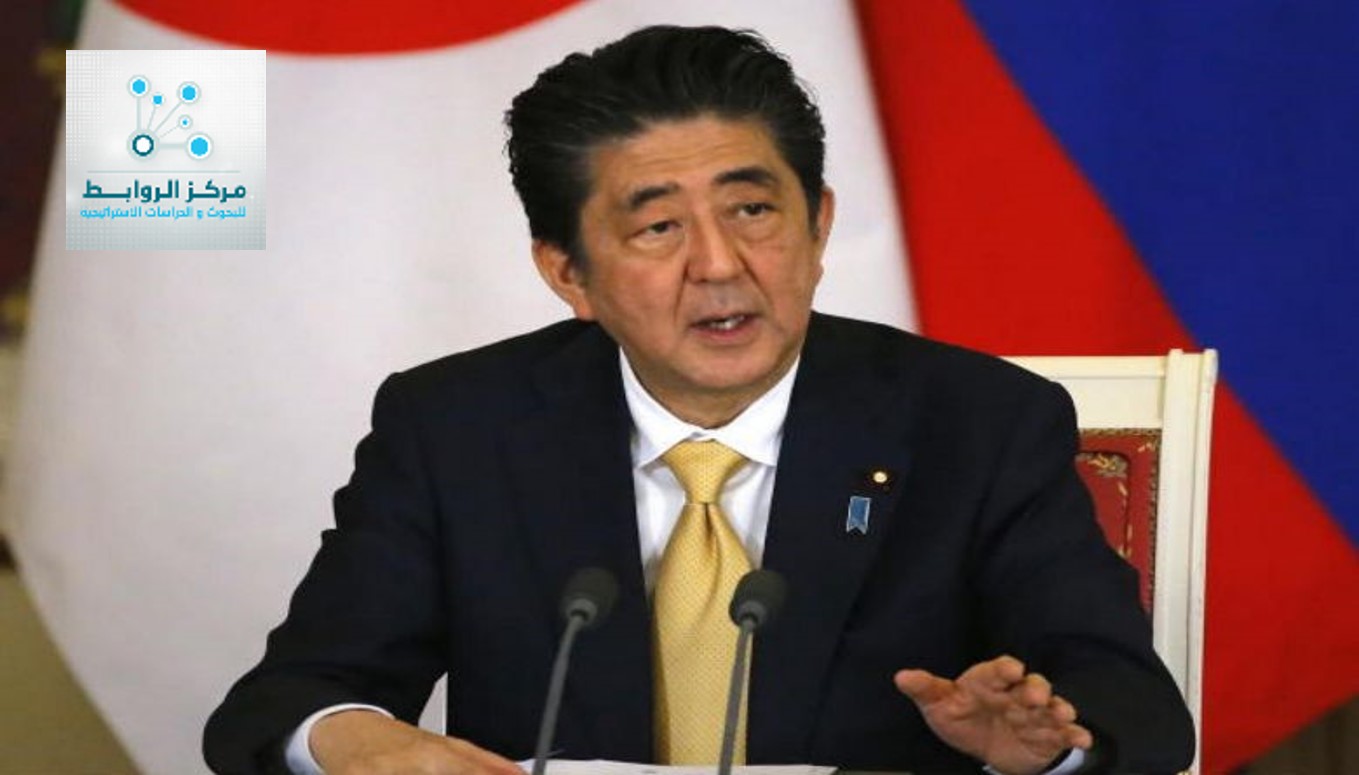Shatha Khalil *
Japan is suffering from a labor-deficit crisis that threatens its social and economic life, even after the Japanese government tried to cover the shortage of labor and its encouragement to employ women and the elderly to work, relying more on robots and automatic operation, but did not go beyond the crisis.
This deficit, which means recession, threatens the Japanese economy, and the need for employment from abroad, a report of the British newspaper, the Guardian, revealed the need for workers from outside Japan, because of the reduction of the number of the population and aging, which opens the door for migrant workers.
Japan is one of the most advanced countries in the world, and gross national product (the value of goods and services produced in Japan in one year) is ranked third in the world, and Japanese brands such as Toyota, Sony, Fujifilm and Panasonic are a world-renowned brand.
The Japanese economy relies on the heavy industry based on the conversion of imported raw materials. It is the world’s first iron and steel producer, third in refining oil, and the first automobile producer, accounting for 40% of world ship production.
Japan is the third largest trading power in the world. Japan’s trade balance is making an annual profit by exporting manufactured materials and placing customs restrictions on foreign manufactured materials, thus contributing 7% of world trade.
Industrialization is one of the pillars of Japan’s economic power. However, Japan has few natural resources and labor, so one of the methods used by Japanese companies is to import raw materials and convert them into locally sold or exported products.
Japanese official data showed that Japan’s gross domestic product (GDP) also declined by 0.3 percent from July to September, compared to the second quarter of this year.
While the local economy shrank by 1.2% annually in the third quarter of this year, driven by natural disasters that affected exports, consumer spending and corporate capital spending.
The Japanese economy was affected during that period by a decline of personal spending, which represents about 60% of GDP, by 0.1%, affected by a series of natural disasters that included heavy rains that killed more than 200 people in the western region and also affected the rate of consumer demand to spend money in stores Restaurants and tourist sites.
Capital expenditure for companies, another main pillar of domestic demand, fell by 0.2%, while exports fell by 1.8% due to poor demand for cars and natural disasters of earthquakes and hurricanes that hampered supply chains, and a major international airport was shut down as a logistics center.
Japan’s labor market needs 1.3 million foreign labor force:
Japan has passed a law that reflects a major change in its policy and allows more foreign labor to ease the severe job shortage, despite criticisms indicated that it was hasty in drafting the law and threatened to expose workers to exploitation, which will come into effect in the next April. The law includes two new visas to attract workers in sectors with a labor crisis. Japan allocates two categories to workers who can stay up to five years but can not bring their family members.
The House of Representatives of Japan passed a bill allowing hundreds of thousands of immigrants to work in the country.
The bill aims to address the labor shortage in Japan and high rate of aging of society.
The legislation calls for the adoption of two types of residence regulations for immigrants, the first of which gives migrant craftsmen a five-year renewable residence permit, without the ability to accompany their families.
Type II grants indefinite residence permits for workers with higher technical skills, with the possibility of accompanying their families.
Since Abe took office in December 2012, the demand for labor has risen to its highest level thanks to improved economic conditions, reconstruction after the tsunami waves in Japan in 2011 and the construction boom before Tokyo hosts the 2020 Olympic Games. , which has contributed to the increase in the number of foreign workers by 40% since 2013, and the Chinese are more than a third of them, followed by Vietnamese and then the Filipinos and Brazilians.
But visa requirements, which prevent unskilled labor, make foreigners only about 1.4 percent of the total labor force, compared to 5 percent in most developed countries, according to IMF estimates.
In early 2019 Japan will receive about 47,500 workers, starting in April, and Japan plans to receive up to (345150) workers from abroad in the next five years.
The government stresses that Japan needs an additional 586,000 workers because of the large shortage of workers, especially in the health sector, of nurses and paramedics , and at a time when the population is aging at a worrying rate for the authorities, the country remains reluctant to allow foreigners to come in a large numbers where the number of foreigners is only 1.75 million, or 1.38% of Japan’s total population.
Economic Studies Unit
Rawabet Center for Research and Strategic Studies

